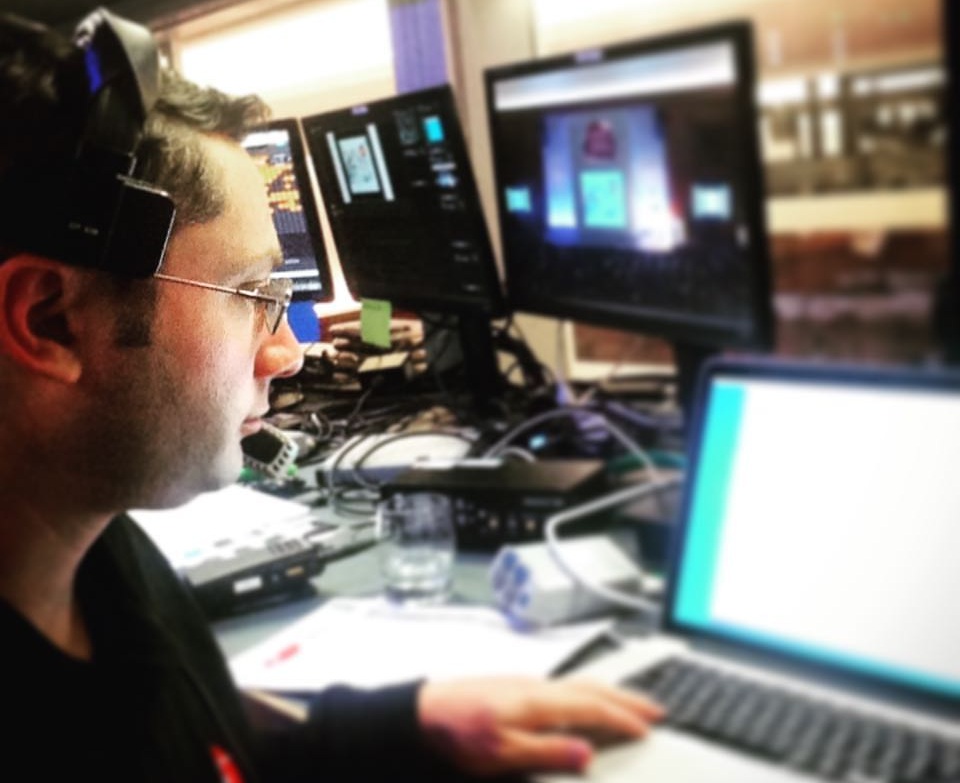Transforming Spectator Interaction Through Engaging VR Experiences within Live Performances
Transforming Spectator Interaction Through Engaging VR Experiences within Live Performances
Blog Article
In recent years, digital VR has become a powerful tool for boosting viewer involvement in live performances. This innovation allows viewers to submerge themselves in a three-dimensional setting, crafting a distinct experience that traditional formats cannot easily duplicate. By using VR, producers can move viewers into the core of the action, causing them sense as if they are integral of the performance. This innovative approach not just enchants audiences but also opens up new opportunities for storytelling and interaction.
A of the primary benefits of using VR in real-time performances is the capability to forge a more interactive experience. Viewers can interact with the show in the moment, shaping the outcome or exploring different viewpoints. For instance, in a stage production, viewers wearing VR headsets can select to pursue particular roles or scenes, allowing them to tailor their experience. This level of interactivity fosters a deeper bond between the viewers and the show, rendering it more memorable and impactful.
Moreover, VR technology can enhance the sight and sound elements of a real-time performance. Using top-notch visuals and sound design, creators can build stunning environments that draw viewers in. This immersive characteristic can raise the overall experience, making it more captivating and pleasurable. For example, a musical performance can be transformed into a multi-sensory encounter, where audience members experience as if they are standing in front with the artists. Such enhancements not only draw bigger viewers but also promote return viewing, as audiences look to relive the thrill.
In addition enhancing viewer involvement, VR can also provide valuable insights for producers. Through analyzing how viewers interact with the digital setting, producers can collect information on viewer likes and behaviors. This information can inform future productions, assisting to customize material to more effectively satisfy the demands and wants of the viewers. As a consequence, VR not just enhances the present encounter but also adds to the development of real-time productions as a whole.
With the technology progressing to evolve, the possibilities for VR in real-time performances is immense. Ranging from stage shows and musical events to athletic competitions and celebrations, the opportunities are endless. By embracing this innovative approach, creators can transform the way viewers engage with real-time performances. As more creators useful site explore the integration of VR, it is probable that we will witness a change in how shows are crafted and presented, ultimately leading to a greater engaging and participatory prospect for live performances.